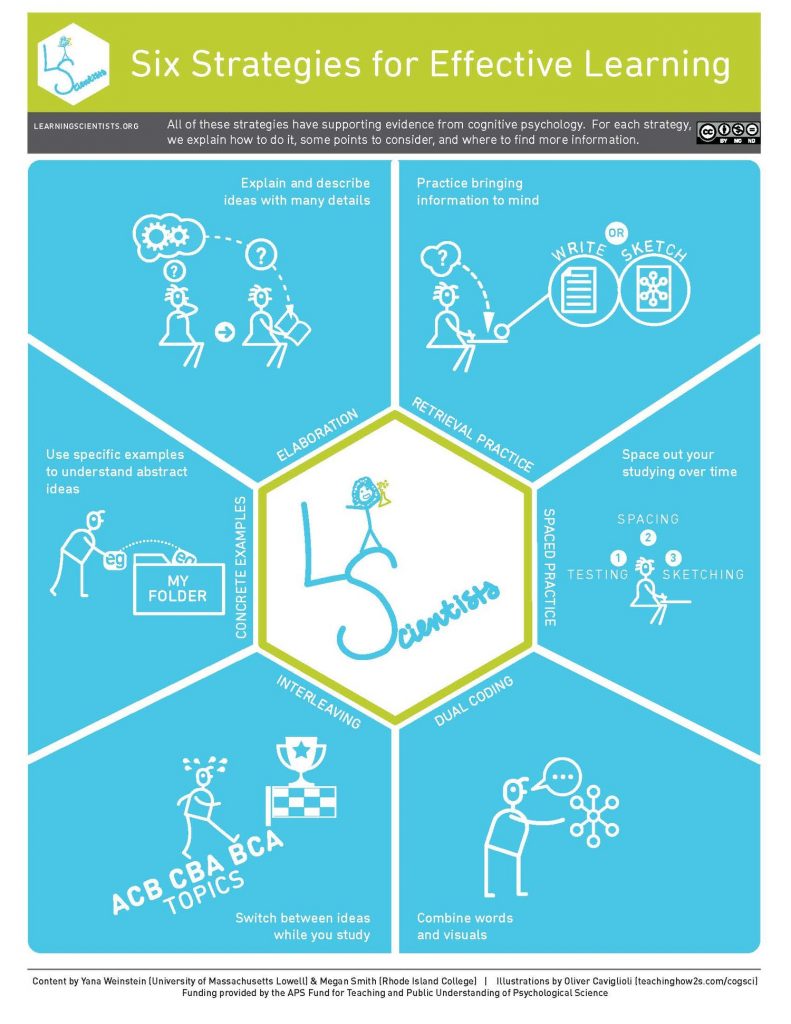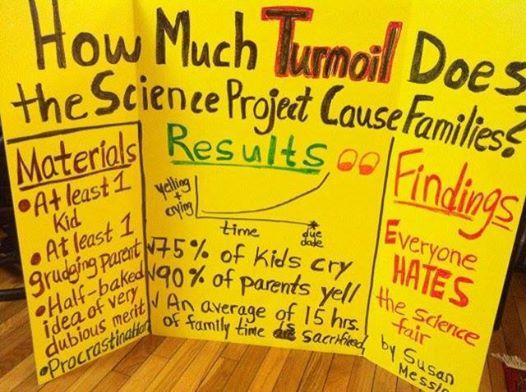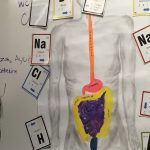Science knows how to predict if you have Problematic SmartPhone Use: Take the survey to assess if smartphones use is becoming a problem_Learn More
 Loading...
Loading...
Cell Phones: When to use them & when not to use them
 Loading...
Loading...
 Loading...
Loading...
Use this list to decide when to ditch the smartphone when learning:
DON’T USE YOUR PHONE IF:
-
Learning requires a lot of focus
-
You are required to read complex information
-
You are being asked to read for a long time
-
Your eyes are tired
-
You feel like you cannot concentrate
AVOID THESE LEARNING TASKS ON YOUR PHONE:
-
Reading
-
Taking quizzes or exams that require writing
-
Listening to a lecture and taking notes
DO USE YOUR PHONE IF LEARNING:
-
Requires quick access
-
Calls for basic internet searches
COMPLETE THESE LEARNING TASKS ON YOUR PHONE:
-
Answering a quick survey or poll
-
Listening to a short lecture
-
Watching a short video
Link to Learning Scientist Research
Six study strategies you need to succeed:
THE THINKING LADDER/BLOOMS TAXONOMY

Learning how to study:
Technique #1 – “Retrieval Practice”
Retrieval practice involves bringing information to mind from memory. This happens when students take practice tests or quizzes, but it can be done in other ways too. For example, students can just write out what they can remember on a blank sheet of paper, or even draw ideas. The key is that they should bring the information to mind from memory. So, copying one’s notes would not be very helpful, but trying to summarize their notes from their memory would be very beneficial. The students do not need to remember everything and can check their notes or course materials after retrieval to fill in gaps. In the classroom, instructors can utilize frequent low-stakes or no-stakes quizzes, and ask students to jot down what they can remember about topics in the classroom (not necessarily to be collected).
Technique #2 – Spaced Practice
Spacing or spreading out learning opportunities over time improves learning. For example, students will learn and retain more if they study 30 minutes M-F, rather than for 2.5 hours all on one day. Students should create a schedule with brief study sessions each day and stick to it. Blocking off time works best because it is easy to procrastinate when an exam is not upcoming. It is also beneficial to spread out the topics being studied so that there is a space between the repetition of the same ideas. In class, instructors can repeat the most important concepts in multiple classes; the spaced repetition really helps!
Technique #3 – Dual Coding
Dual coding is all about combining verbal representations of information (words) with visual representations of information (pictures/diagrams). When we combine these, it is easier for us to understand the information being presented. Importantly, this is not the same thing as learning styles. While students do have preferences, matching these preferences does not help them learn. Instead, we all learn best when we have multiple representations of the same idea. Importantly, make sure the students have enough time to digest both representations. When students are studying, they should use multiple representations and try to explain to themselves how the different representations show the same idea.
Technique #4 – Interleaving
Interleaving basically means jumbling up ideas. Students learn more when they can switch between different topics. Doing this helps students learn the similarities and differences between different ideas. In math, for example, students learn more when they solve many different types of problems during practice rather than solving the same type over and over. This typically leads to more mistakes during practice, but in the long-run, the students retain their knowledge much longer.
Technique #5 – Concrete examples
Concrete examples are often used by instructors. Concrete information is easier to remember than abstract information, and so concrete examples foster learning. Importantly, research shows that multiple examples of the same idea, especially with different surface details, helps students understand the true idea the example is intending to illustrate. This is because novices tend to remember surface details. Imagine teaching about scarcity and using airline tickets as an example. Students later may remember scarcity was about flying, but not the rest. Using other examples that have nothing to do with tickets (e.g., water during a drought) and making the link between the examples explicit for the students helps them understand the underlying abstract idea.
Technique #6 – Elaboration
Elaboration involves asking “how” and “why” questions about a specific topic, and then trying to find the answers to those questions. The act of trying to describe and explain how and why things work helps students understand and learn. Students can also explain how the topics relate to their own lives, or take two topics and explain how they are similar and how they are different. This strategy can be assigned alone or for pairs of students.
How to take better notes: 5 fast facts
1. Write in a legible colour; these notes were made using the Cornell note taking technique
2. highlight important words, ideas and concepts; don’t highlight everything
3. don’t write everything down
4. develop your own personal style and technique
5. keep your notes organized; use separate sections for each topic
Parents find that Science Fairs are not “Fair” at all. Read More.









